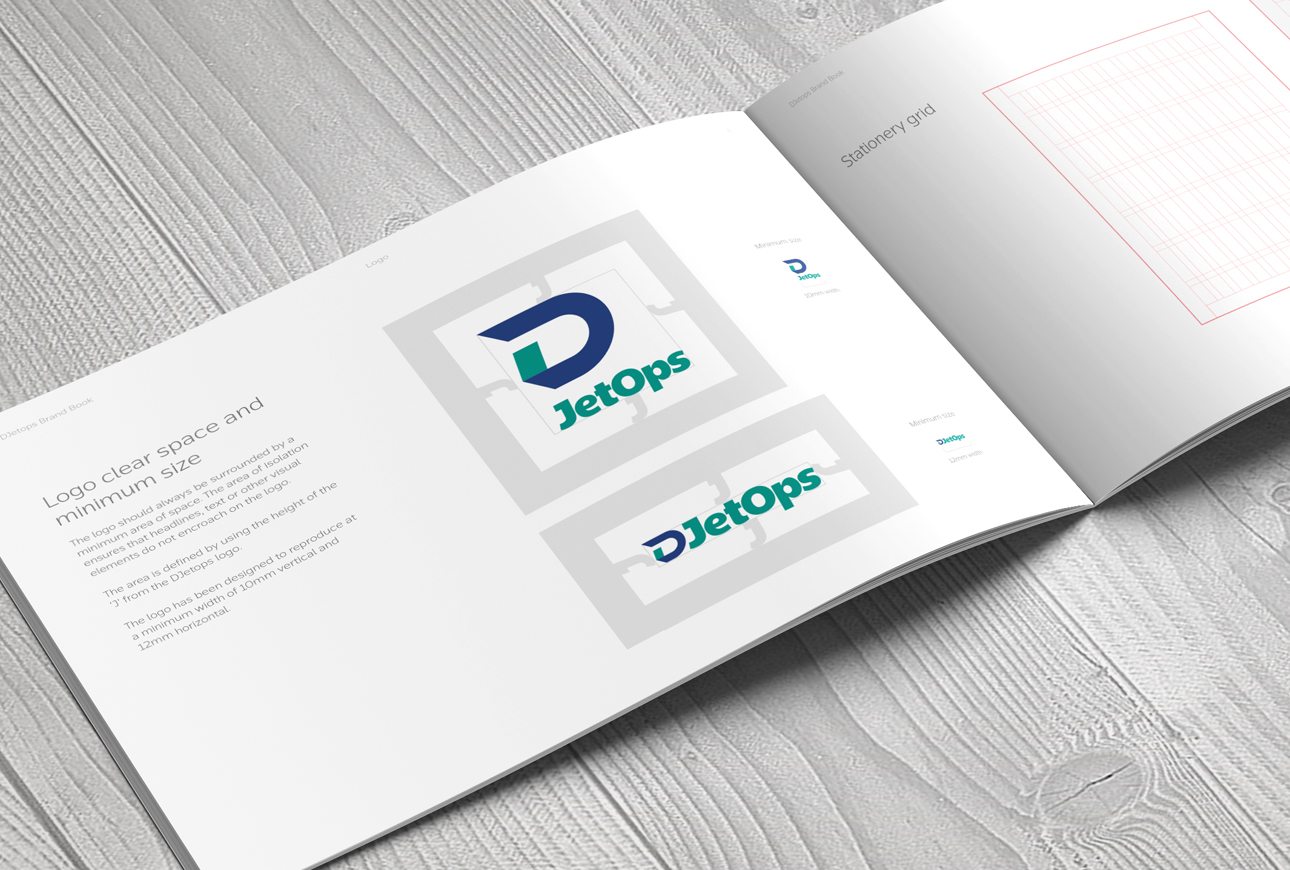A well-developed Brand Guidelines document is an essential tool for establishing the underlying brand identity of a company’s marketing and visual messaging.
Also known as a Brand Book, Brand Guide or Brand Style Guide, the brand guidelines document acts as a key document to support content creators in communicating a consistent message.
As part of a company’s branding or rebranding exercise, a brand guidelines document should also be established as a matter of course. Not only does this communicate the brand style, standards and values to your own team but also that any future content creators (marketers, designers, artworkers, copywriters, printers, etc) can ensure a consistent style is used.
Moreover, a brand style guide is a framework reference that will provide guidance as to the flexibility, ‘legs’ and limitations of the brand style.
Of course, for many companies, the brand guidelines are rigid and act as creative ‘rules’. But, for others, their brand may have more flexibility. Whichever way it is, this should be outlined in the document itself.

But why are brand guidelines so important?
A strong brand is one which can be distinguished from another by the consumer. So, ensuring a brand style appears different in a competitive landscape is crucial. By ensuring the brand style is consistent in this visual (&/or written) output the company can gain brand awareness, recognition and trust. And, by achieving this, the business can also build brand loyalty among its customers.
The role of the brand guidelines document is, therefore, to support marketing initiatives and to keep any output ‘on track’ to consistently meet the company’s goals.
What’s in a brand guidelines document?
There is no ‘one size fits all’ approach to a brand style guide. We have seen guidelines that range from 8 pages to 200. Some just include information regarding the usage of the logo whereas others go into a lot more detail regarding all aspects of the brand identity, messaging as well as examples of actual collateral pieces.
The style guide should include all the important guidelines for your brand’s identity and we would recommend the elements listed below:
Logo ‘make up‘
This outlines how the logo has been made up, its colours, font, positioning. Of course, it is not expected that another agency will need to recreate the logo (as the brand designer will be able to supply the logo files in all relevant formats) but it is useful to include such details nonetheless.
Logo usage
A section regarding the usage (and limitations of use) should be included. This will provide instruction regarding the placement, minimum size, strapline hook-ups, clear space. It is also useful to show the Dos and Don’ts of usage as this serves to secure the integrity of the visual brand when being worked on by different designers.
Ensuring that logos are always applied consistently will protect your brand equity.
Fonts
Any typefaces used within the logo and marketing materials should be a part of the style guide too, along with their weights and a digital alternative, if necessary. If the fonts used for titles versus body copy differ, these should also be included.
Imagery
This section of a brand book will outline imagery, illustration and infographic styles. This covers not just the type of images to be utilised but also how they should be styled. Often it is important that core photography share the same tone and composition. Moreover, should imagery need to portray a brand value, this should be included too.
It also goes without saying that a company’s diversity policy may dictate the type of imagery used in their marketing literature. If this is the case, this should be covered off in the brand guidelines document too.
Brand styles & patterns
A strong brand will also benefit from additional styles, layouts and patterns. All of which helps give the wider brand additional personality. The brand guidelines should provide instruction as to how best utilise these templates, and how they dictate content positioning , such as images, text blocks, etc.
Collateral examples
In many cases, the brand guidelines document also includes template examples of collateral pieces. This can be stationery assets, brochures, advertising, website pages. Of course, the brand guidelines document can continually be enhanced and, every time a new piece of collateral is designed, this can be added to the document.
Overall, a style guide is crucial in keeping your brand identity consistent, recognisable and cohesive so as to increase a brand’s value and maintain the brand’s integrity.
Design Inc has many year’s experience in creating brand guidelines and would be happy to discuss your own requirement.
View our Branding Portfolio
See also:
>> Creating a Powerful Brand
>> Developing the Brand Name
>> Applying a Brand Audit
>> Branding Terms A-Z

